Tibet Travel Guide
Tibet is every travelers’ dream. It is a land of spectacular monasteries, tranquil holy lakes, transparent pure blue sky and scattered herds of yak and nomads. Every year, millions of visitors and pilgrims come here through a tough journey to explore the Tibetan culture and the fantastic scenery.
Here are the guide to tibet we collected according to our years of travel experience, which covers the fact and culture about Tibet, what to see and how to get to it, how to apply for the Tibet Permit, the climate and accommodation, the local dining and the recommended itineraries. Hope you will get the exact information you want for your tour to Tibet.
Tibet, located on the northwest of the Qinghai-Tibet Plateau, is the highest region on the Earth. Commonly regarded as the “Roof of the World”, Tibet has an average of 4,000 meters above sea level. The sacred mountains and the holy lakes, as well as the religions here grant Tibet with mysterious atmosphere, which attracts people to yearn for it with their whole life. Here are more detailed information about Tibet, including the fact about Tibet, the minority, the culture and so on.
Tibet is a holyland for all the Tibetan people and for tourists from all over the world. It is the land of sacred monasteries, holy highland lakes and grand mountains. Tibet is separated into several parts and each region boasts lots of highlights for tourists to discover. Here is the attractions in Lhasa, Nagri, Shigatse, Mount Everest, Shannan and so on, hoping you will get some knowledge of Tibet and preparing for your tour to here.
For foreigners traveling to Tibet, Tibet Travel Permits are necessary documents required by the government. The permits vary according to the places tourists plan to go. There are three permits you need to know: Tibet Tourism Bureau Permit, Alien’s Travel Permit, and Military Permit.
Although it was difficult to get to Tibet, the desire to visit Tibet always exists in lots of people’s heart. Now, it is easier to get to Tibet with different access, including air, road and rail. Since the Qinghai-Tibet Railway put into operation, it has become the most popular way to enter Tibet by train. Check out for detailed information about how to get to Tibet and how to get around in it.
As the whole Tibet is located at a high altitude area, there are much sunshine all year round with two distinctive seasons - the dry season and wet season. But the air is thin, the air pressure is low and the oxygen is rare. Dry season or windy season falls on winter and spring, from October to the next May. And the wet season is from June to early October when the weather becomes warm and moister.
Lhasa is located at an altitude of 3,700 meters above sea level, making the water boil at 90 degrees. So the rice and food there are a little bit raw and vegetable are scarce. The restaurants in Lhasa serve kinds of dishes, such as Tibetan cuisine, Sichuan cuisine and western style dishes. Restaurants are easy to be found around the Jokhang Temple and Barkhor Street. Check out for the details of these famous Tibetan dishes.
Nowadays, as the tourism in Tibet develops rapidly, more and more people come here to have a lifetime tour, the standard and the variety of hotels in Tibet has developed too. Tourists can find many international luxury hotels in Lhasa. However, the choices are limited in some places and you may need to share a bathroom with others. Here are several hotels in Lhasa, Nagri, Shigatse and Gyantse with high reputation among visitors who once came to Tibet, hoping you can find the one you would like to stay.
Every year, thousands of tourists choose to come to Tibet to touch this holy land. In fact, the best way to get to know Tibet is to pretend yourself as a local Tibetan, to live the way the local live and to walk silently on the streets. However, there are several classic tour routes to the attractions in Tibet, which will take you to appreciate the beauty of Tibet.
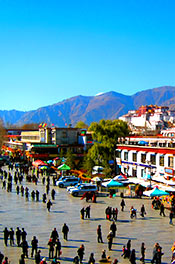
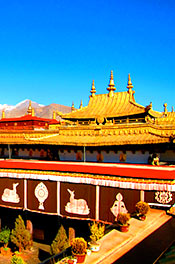
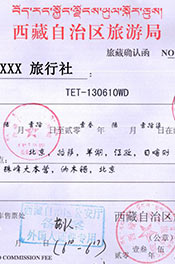
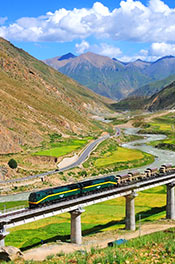
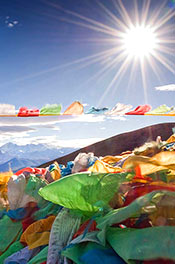

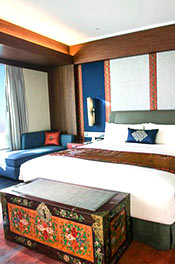
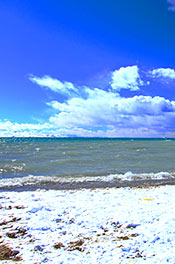
 BACK
BACK

 We, the 3rdpoletour, are the pioneer of in-depth Sichuan tour. We commit to offer you the most professionaltour service to facilitate your Sichuan travel.
We, the 3rdpoletour, are the pioneer of in-depth Sichuan tour. We commit to offer you the most professionaltour service to facilitate your Sichuan travel. 
